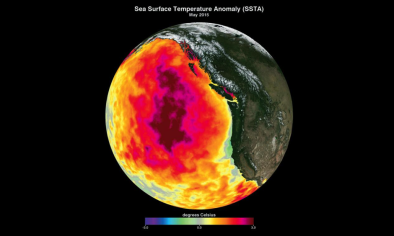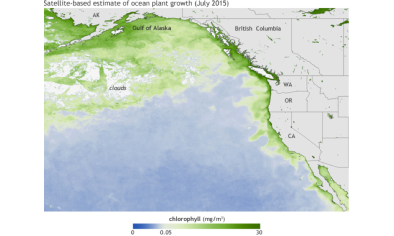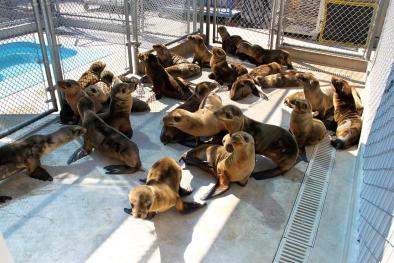Science Source
Compounding effects of warm sea surface temperature and reduced sea ice on the extreme circulation over the extratropical North Pacific and North America during the 2013–2014 boreal winter
- States that unprecedented atmospheric circulations with extreme weather were observed in the extratropical Northern Hemisphere during the winter of 2013–2014
- States that the anomalous circulations were the manifestation of the Pacific pattern or the North Pacific Oscillation/Western Pacific pattern but with extremely large amplitude
- Simulation results suggest that the anomalous atmospheric circulations were constructively induced by anomalous sea surface temperature in the tropical Pacific and extratropical North Pacific, as well as the low sea ice concentration in the Arctic
- Finds that natural variability played a major role in inducing the anomaly pattern, whereas the anomalously warm sea surface temperature and low Arctic sea ice concentration in the Bering Sea contributed to the intensity
- Concludes that if the anthropogenic warming has a significant impact on causing the synchronization of the aforementioned anomalies in sea surface temperature and sea ice concentration and this trend continues, severe winters similar to that in 2013–2014 may occur more frequently in the future
Related Content
Headline

Apr 25, 2017 | National Geographic
A Striking New View of the Pacific “Blob”
Science Source
| Proceedings of the National Academy of Sciences
Climatic regulation of the neurotoxin domoic acid
S. Morgaine McKibben, William Peterson, A. Michelle Wood et al
Headline

Jan 25, 2017 | NOAA Climate.gov
Scientists link toxic algal blooms along U.S. West Coast to warm waters in the Pacific
Headline

Oct 31, 2016 | KQED Science
‘The Blob’ Is Back: What Warm Ocean Mass Means for Weather, Wildlife


